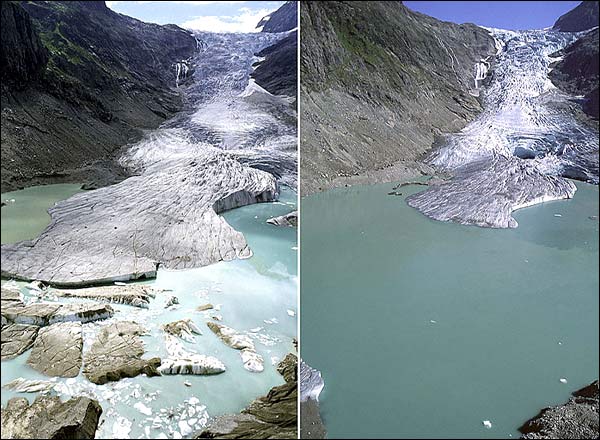
Introduction
The Pacific Islands Regional Assessment Group report discussed the results of the two regional climate models that look approximately 100 years into the future. These models use a future greenhouse-gas emission scenario which is equivalent to a 1% rate of annual increase in carbon dioxide and a commensurate changes in sulfate aerosols for the century. The rate of carbon dioxide emission increase is based on rates of observed emission increases modified by estimates of how the current sources of emissions are likely to change in the future; as such, it is deemed plausible as a “business as usual” case with little policy intervention anticipated in the future from world governments to stop emissions.
Carbon dioxide increases in these two models cause warming by limiting outgoing long-wave radiation from the Earth’s surface in the absence of a simultaneous reduction of incoming solar radiation. Increases in sulfate aerosol concentrations produce a net cooling over regions where sulfur emissions are greatest, generally corresponding to industrial regions in the midlatitudes of the northern hemisphere. The effect of the sulfate aerosols, which is the reflection of solar radiation back away from the Earth’s surface, is taken into account in these two models. The radiative forcing (radiative forcing is the change in the balance between radiation coming into the atmosphere and radiation going out) of sulfate aerosols resulting in cooling is less than the forcing of carbon dioxide and thus warming of the globe is projected for the future.
Since the results from both models were generally consistent, we will only focus on the Hadley HADCM2 results. The HADCM2 results were also compared to the two model runs (A2 and B2) described in the Intergovernmental Panel on Climate Change Special Report on Emission Scenarios. These Intergovernmental Panel on Climate Change models represent an average of nine “state-of-the-science” global, coupled climate models from groups in the U.S., Canada, Germany, Australia, U.K., and Japan.
Two time periods (2025-2034 and 2090-2099) were projected using the HADCM2 model to study future changes in temperature, rainfall, storminess, and sea level for the Pacific region. The 2025-2034 results are termed “short-lead” and the 2090-2099 results are termed “long-lead”. The long-lead results are more speculative than the short-lead results. During these two time periods, there were two seasons analyzed [December-January-February (DJF) and June-July-August (JJA)]. These months were chosen because they represent two seasonal extremes.